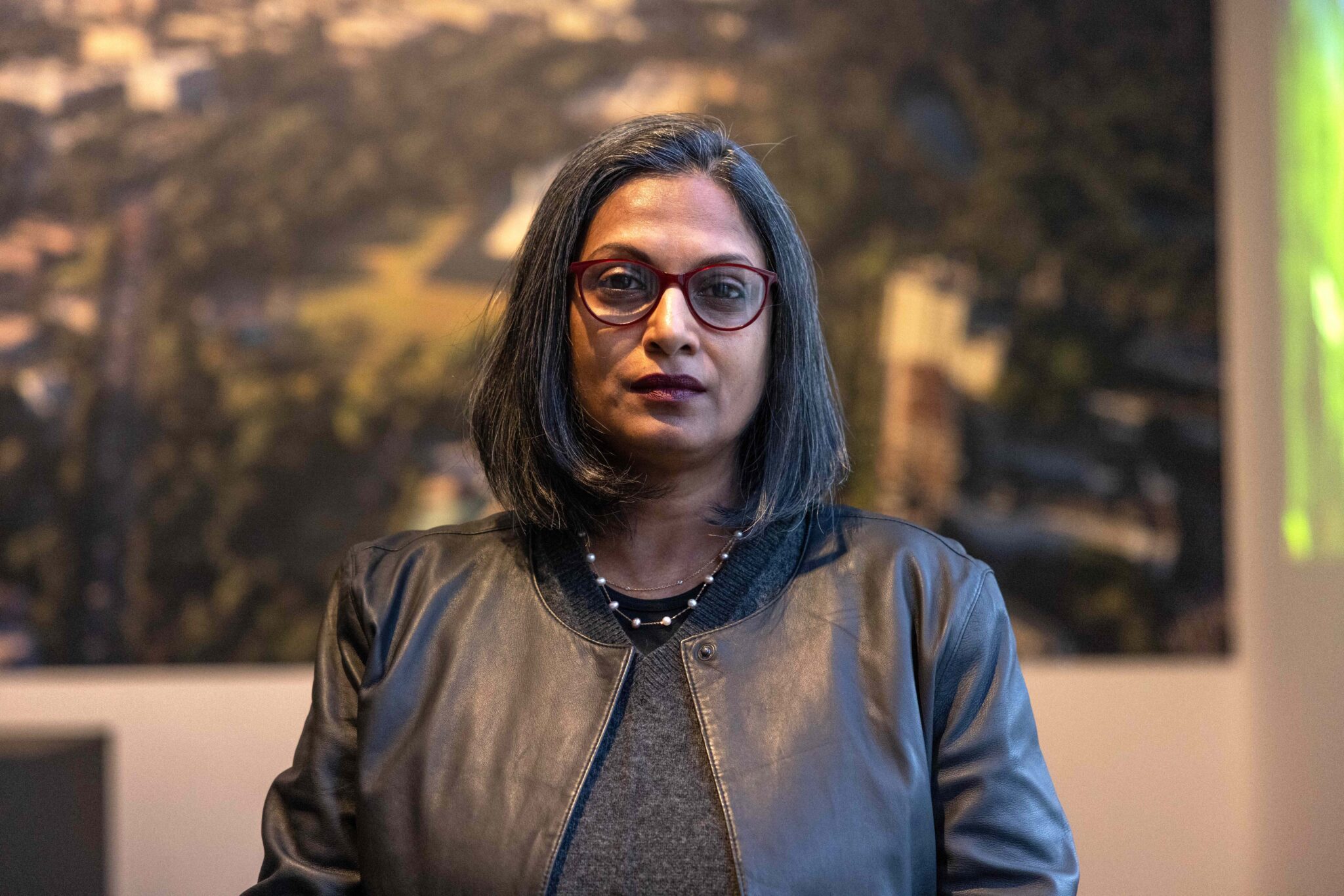
What Florence was to the Renaissance, what Paris and Berlin were to modernism, so was the hinterland of the M25 to a particular generation. For a fleeting moment this non-place became the ephemeral capital of a brief moment in time.
The big outdoor raves of the early nineties changed the way we could occupy landscape. As The Orb put it in the layered samples that made up Little Fluffy Clouds, ‘to the traditional sound of the British summer – the lawn mover, the smack of leather on willow – has been added a new sound’. It was as though traditional events like the Stoneleigh Royal Show (as eulogized by Cedric Price in the first of this very column) were ramped up and accelerated via man-machine-Detroit-fantasy, Kling-Klang-Jam-Stall, and Motorik picturesque to a hypnotic futurist vision. In between the urban acid house warehouse parties which preceded them and the commercialized metropolitan super-clubs like the Ministry of Sound, these events marked out a different kind of territory.
They played out over the landscape of early 1990s Britain, organised through the technologies of pirate radio, telephone recorded messages, flyers with graphics fresh from newly accessible desktop publishing. What these devices gathered together was not so much a place as a network of transport and communication infrastructures overlaid with coincidences of chemicals, decibels, and demountable structures. Powered by generators, the technologies of pleasure – sound systems, funfairs, lights, lasers – were wired up and switched on to form an instant city. Or at least what felt for a moment like something with its own instant and ephemeral geography, townscape, public spaces, neighbourhoods and other urbanistic tropes. It was almost like Archigram had predicted: phones, electricity, and gadgets with the suburbs and Home Counties as a backdrop. Vast crowds of us became versions of David Greene’s ‘Electric Aborigine’ dressed in performance fabrics, splashed with neon, threaded with shreds of new age, faux hippyness.
We gathered in places that were nowhere in particular: underpasses, warehouses, fallow fields and old airstrips, places that were neither urban, suburban nor rural. The kinds of places between infrastructure and destinations that are hardly places at all. Non-places: the M25, service stations, the fields of the not-so-rural south-east England, the bits in between housing estates, agriculture and big box retail. Though it was often hard to pinpoint exactly where you were there was never any doubt that you were in the strange reality of the contemporary British landscape.
For a moment disparate populations of indie kids, football fans and travellers amongst loose agglomerations of equipment were held together by music which itself created a type of space. Piano breaks, squelching bass, trebly, speeded-up vocals and what the Criminal Justice Act described as ‘a succession of repetitive beats’ formed a kind of immersive, sonic urbanism. The sound itself was spatial – it was non-linear, formed of juxtaposed incidents and layers of sensation suggesting distance. The music was overwhelming, relentless and constantly on the edge of a futurist sublime. Deep in the moment, the ephemeral construction felt endless and timeless. Could 20,000 people standing in a field for a weekend be a town any less, or any more than 20,000 people in houses, flats, places of employment, education?
For a couple of summers, the M25 became a serotonin-soaked ring of infrastructure, a periphery became both a destination and a symbol. In Shakespearian terms, it was a concrete ‘O’ crammed with potential and possibility. This road without destination showed is that it’s possible – or almost possible – to re-tune the infrastructures of contemporary landscape. It tweaked the channels of Thatcherite free-market neo-liberalism in order to deliver something different, a brief alternative.
These imaginary landscapes were always provisional – they never really existed beyond their immediate experience. Though rave culture was idiotic, hedonistic and apolitical – a shallow ephemera that achieved nothing of lasting significance – we might still be able to learn from it. Networks intended to deliver one kind of ideology also might be able to deliver quite another. We might be able to inhabit what seem soulless, anonymous landscapes in ways that allows them to host exaggerated sensations of humanity. We might be able to believe there is a latent magic in the banal, everyday landscape that is powerful enough to transform the miserable landscape of late-Thatcherism, even if only for a weekend. And that that might be enough.
Sam Jacob is founding director of FAT, architecture editor of Contemporary magazine and strangeharvest.com, and Louis I Kahn visiting professor of architectural design at Yale School of Architecture.
AT195/February 09 p64














